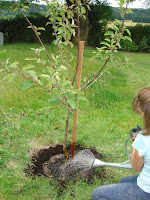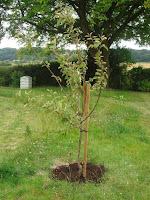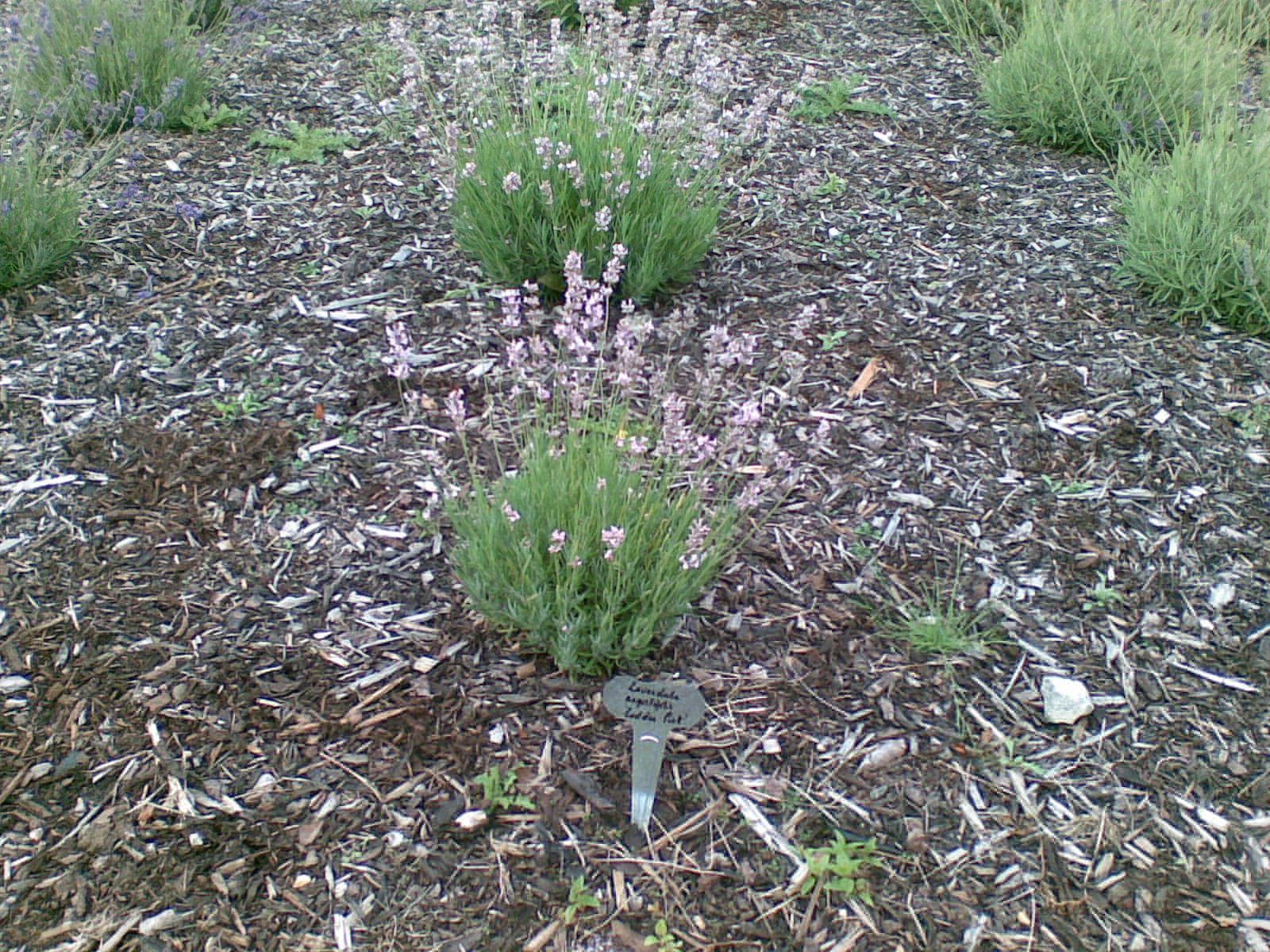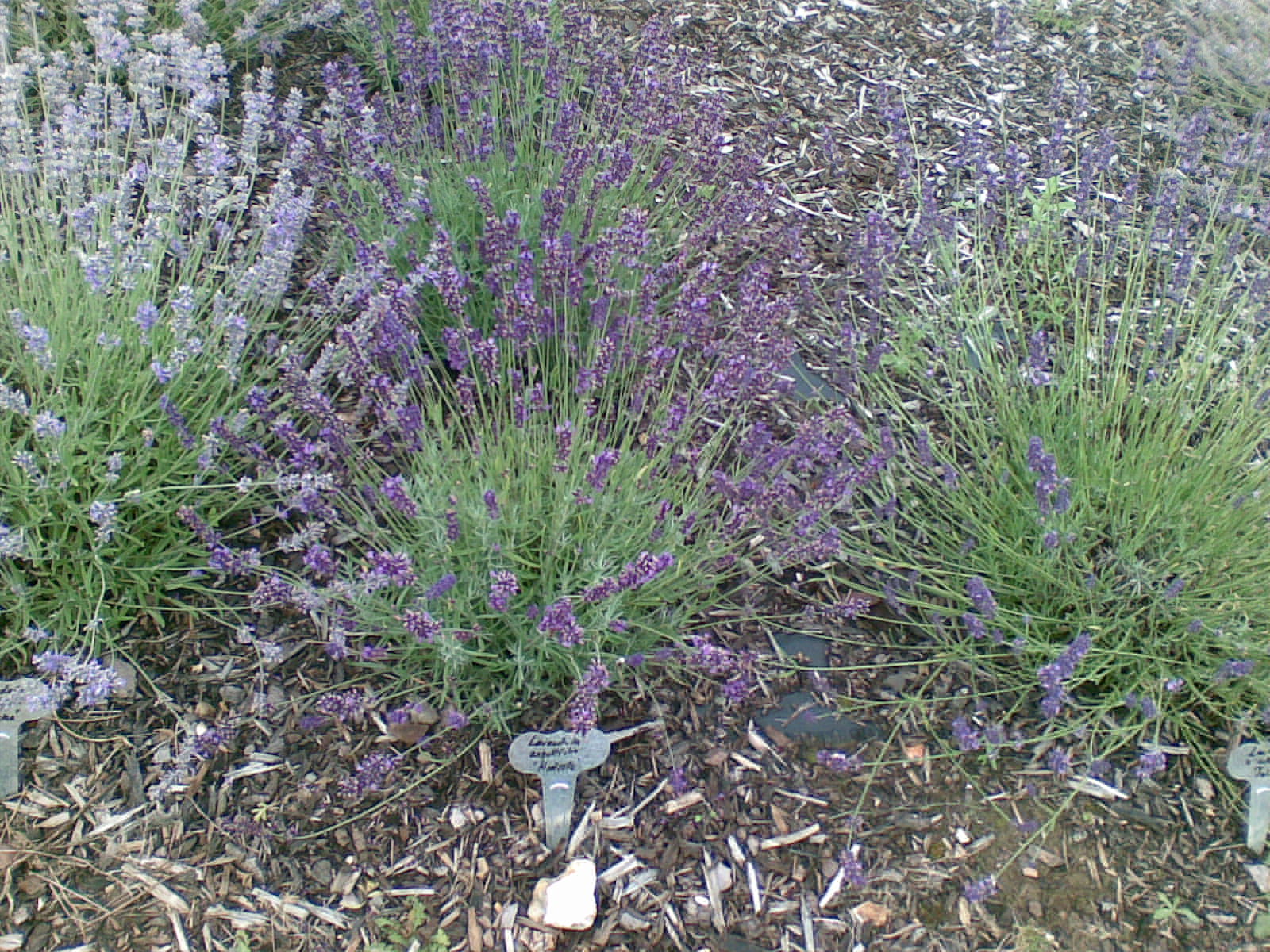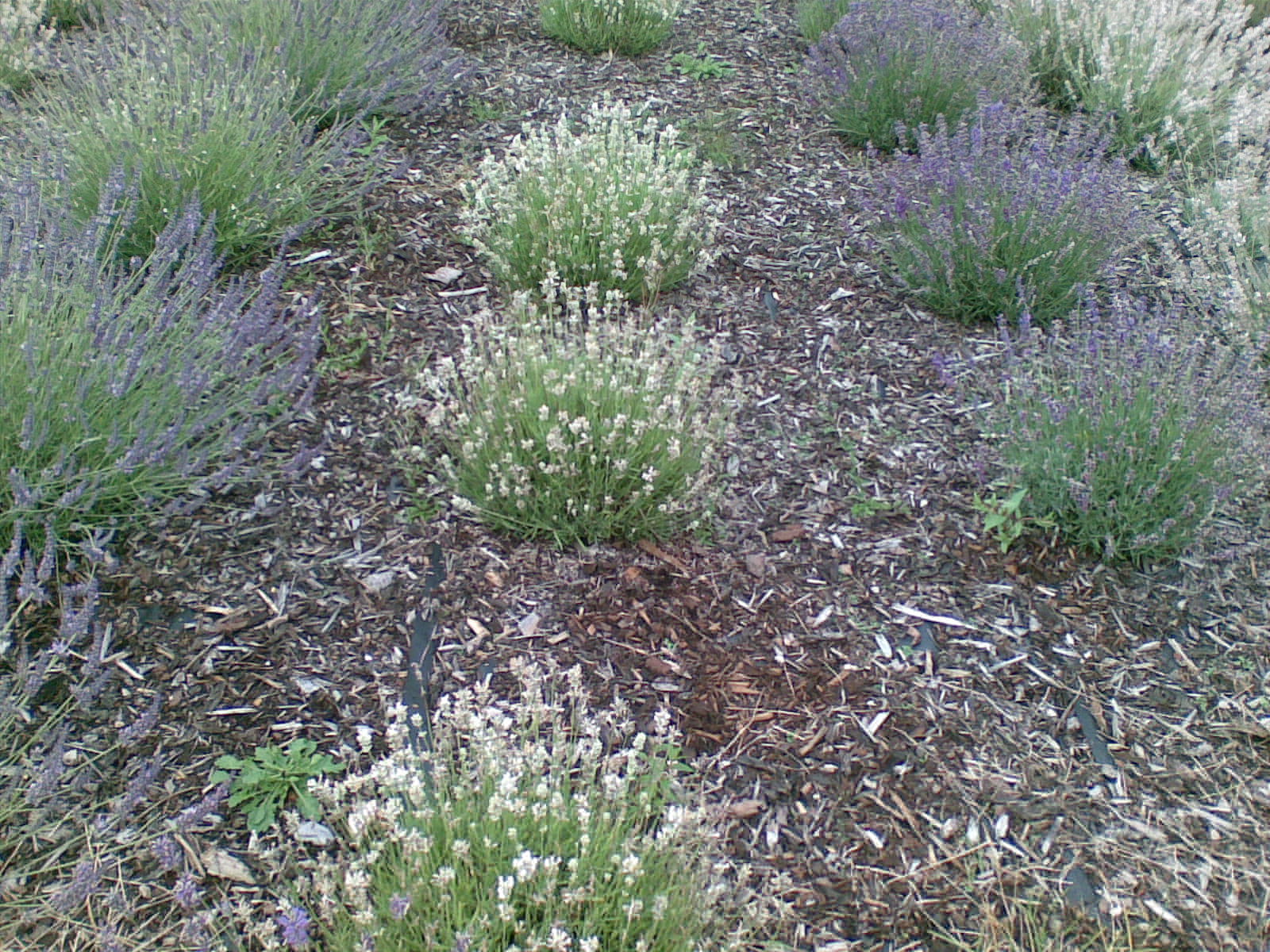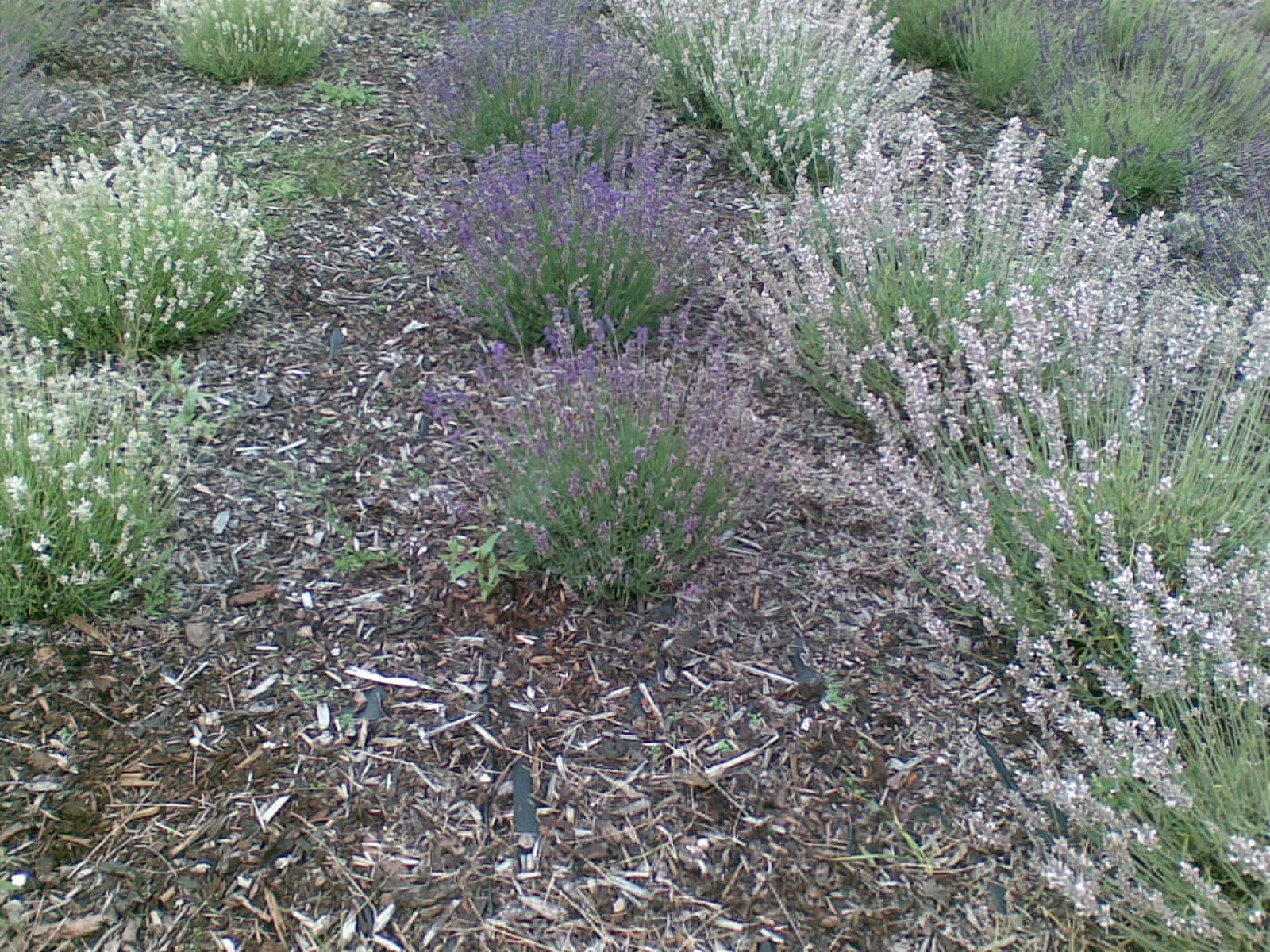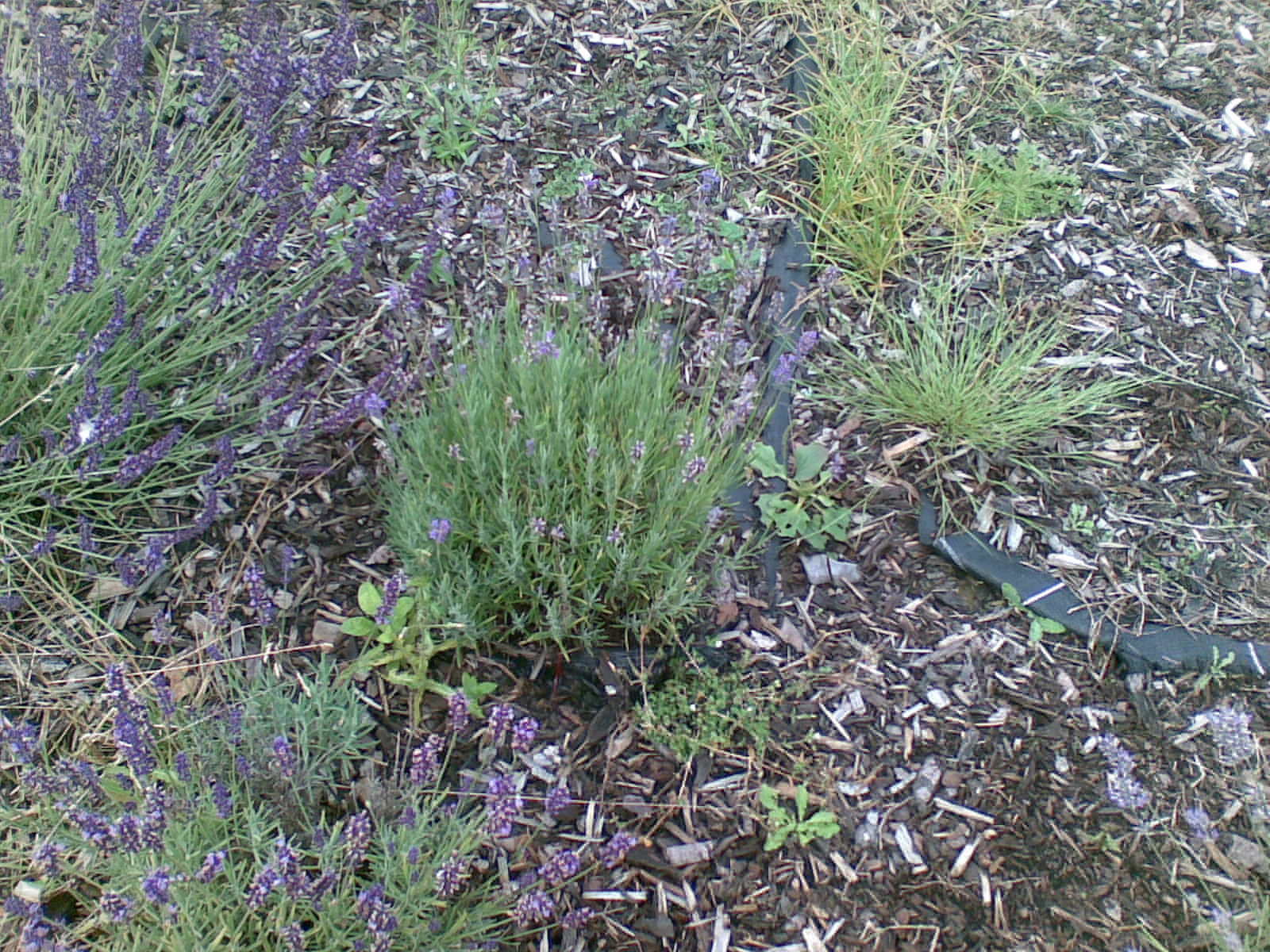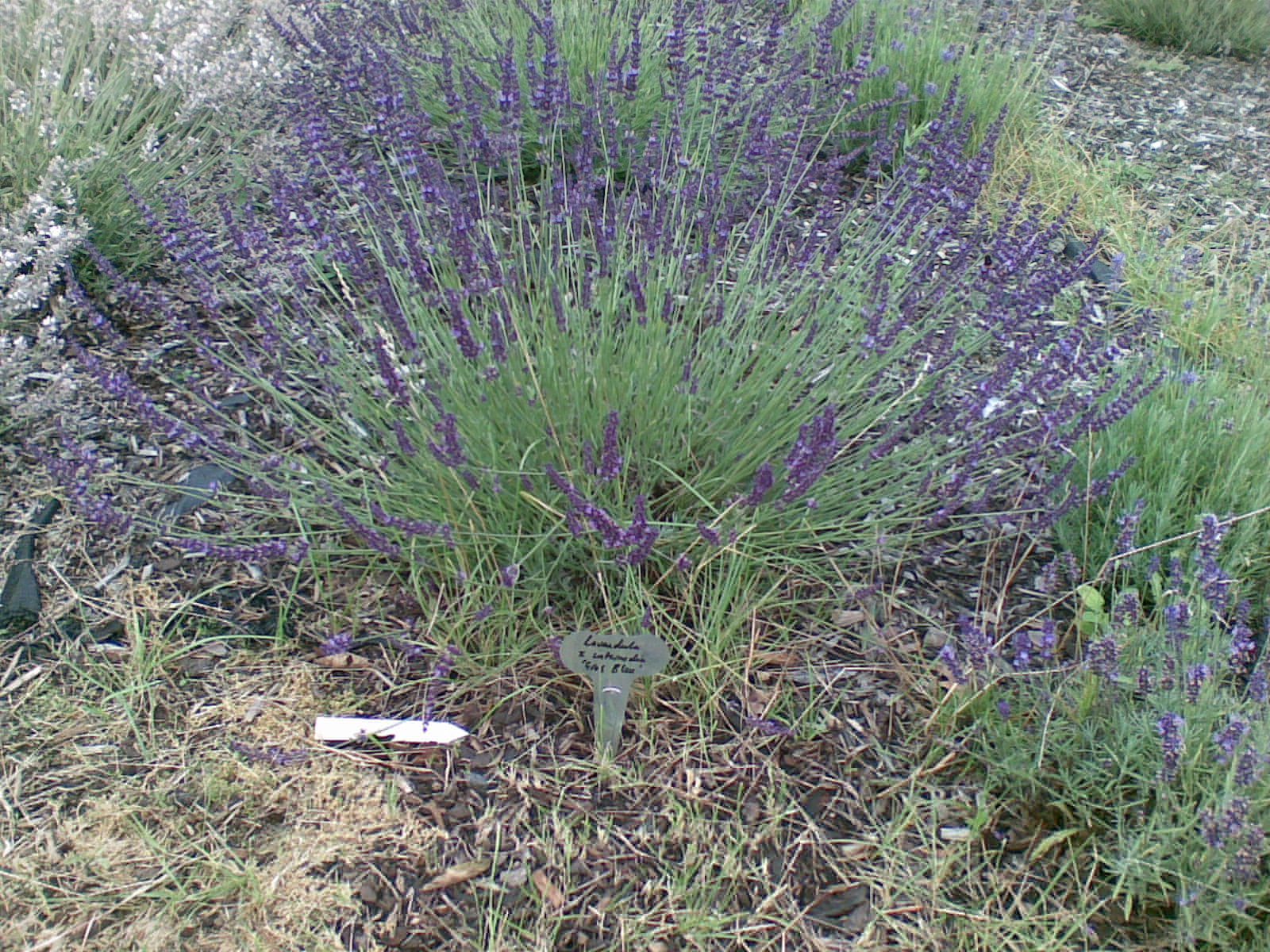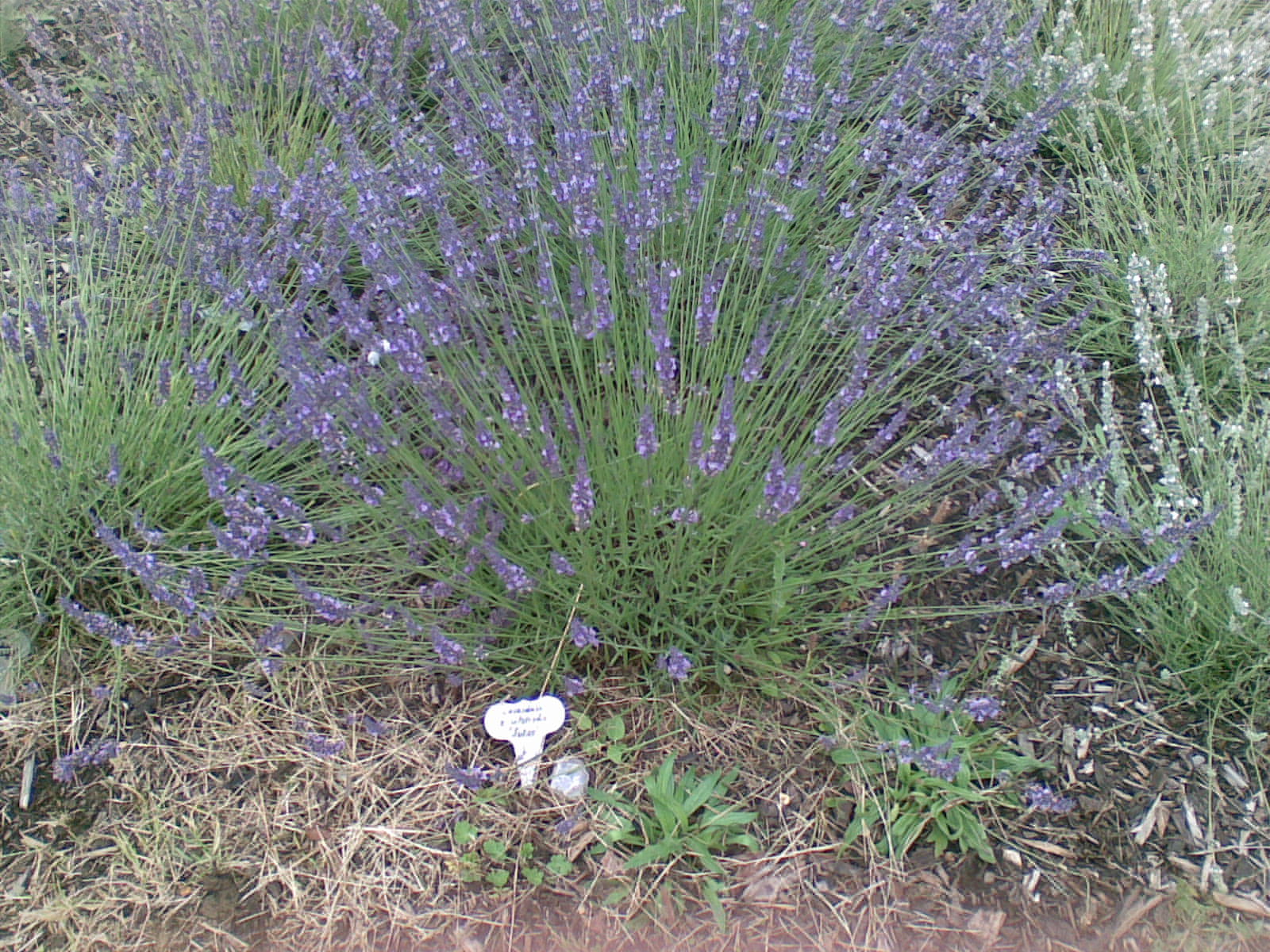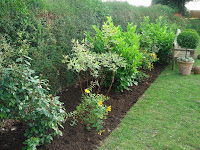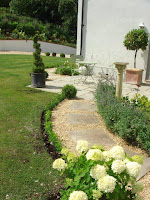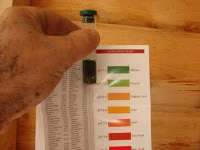I have been pondering how to divide off the Fruit Garden from the main garden for some time. A beech hedge maybe? Or a more formal arrangement of Yew cones? Vanessa then came up with a stroke of genius - why not plant 'U' shaped Apple Cordons. These have the advantage of being fruit trees and as such work well with the other trees in the Fruit Garden while also providing an informal boundary. Today I planted the first of what will be three trees that make up this boundary. It is an Apple Braeburn U-Cordon. This is a dessert apple and was originally discovered in New Zealand. It has medium sized, crisp, firm, aromatic red fruits which can be picked each October.
Nothing like planting a tree to raise the spirits on a Christmas Eve. And I shall be raising a glass of spirits this evening as we enjoy the begining of Yule-tide. Merry Christmas!
